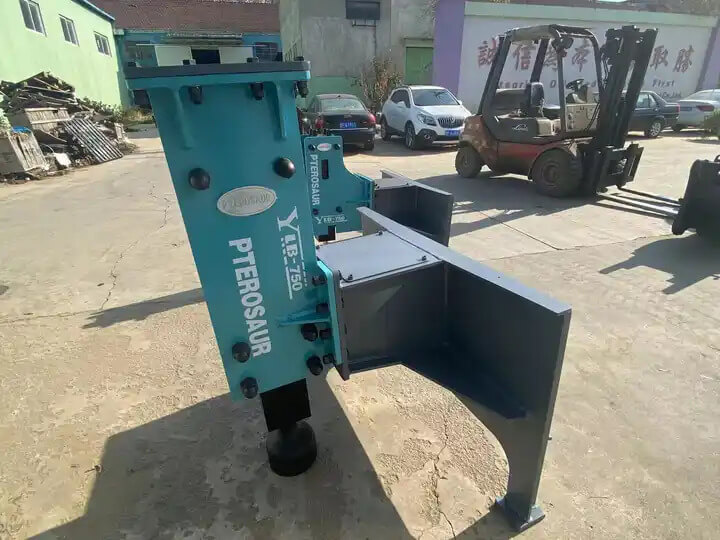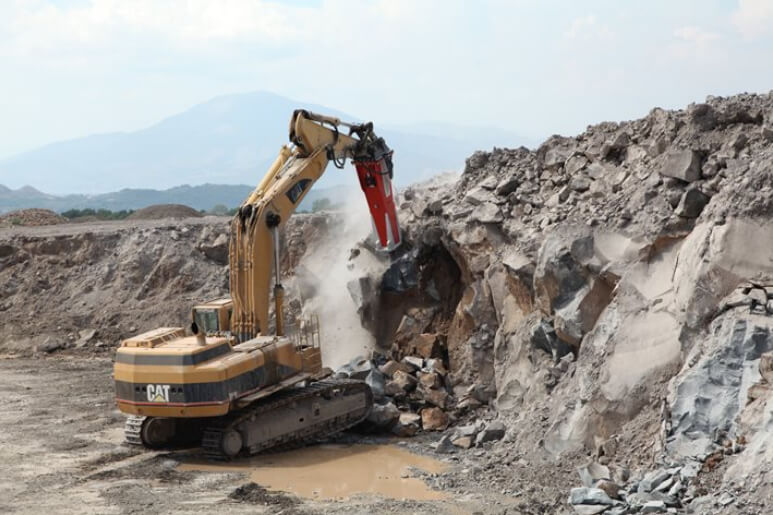The Impact of Hydraulic Breakers in Construction and Demolition
Hydraulic breakers have become essential tools in the construction, demolition, and mining industries, providing powerful impact forces that efficiently break down tough materials like concrete, asphalt, and rock. As the demand for versatility and efficiency increases in these sectors, hydraulic breakers have evolved to meet various application needs.
What is a Hydraulic Breaker?
A hydraulic breaker, also known as a hammer, is an attachment that can be fitted onto excavators or other heavy machinery. The primary function of a hydraulic breaker is to deliver high-impact energy to break or demolish hard surfaces. The technology behind these tools allows them to generate significant force, making them invaluable for tasks ranging from trenching and renovation to quarry operations.
Types of Hydraulic Breakers and Their Applications
There are various types of hydraulic breakers available on the market, each designed for specific applications. Some of the most common types include:
-
Excavator Hydraulic Breakers: These are designed for use with excavators of varying sizes, such as the Epiroc SB 202, which is suitable for machines weighing between 2.5 to 6 tons. They excel in demolition tasks and can handle heavy workloads efficiently.
-
Handheld Hydraulic Breakers: These tools are perfect for smaller, more precise jobs, such as breaking up concrete in confined spaces. Brands like Altrad Belle offer a range of sturdy handheld breakers that work seamlessly with hydraulic power packs.
-
Mini Excavator Attachments: For operators requiring a robust yet lightweight solution, mini excavator hydraulic hammers provide an ideal choice. These attachments are designed for demanding tasks while maintaining a manageable weight.
Choosing the Right Hydraulic Breaker
Selecting the appropriate hydraulic breaker is crucial for achieving optimal results. Factors to consider include:
-
Impact Energy: The breaker should have adequate impact energy to effectively deal with the materials being worked on. Insufficient power may lead to inefficiency and increased wear on the equipment.
-
Size Compatibility: Ensure that the breaker is compatible with the excavator or machinery being used. Mismatched sizes can result in ineffective operation or potential damage.
-
Noise and Vibration: Some models, such as those from HAWK, are designed to reduce noise and vibration, making them suitable for urban or sensitive environments where minimizing disruption is essential.
Conclusion
Hydraulic breakers, such as those offered by IMPACT Equipments and Epiroc, play a pivotal role in modern construction and demolition. Their ability to deliver powerful and precise impact energy makes them indispensable for a wide range of applications. As technology continues to advance, we can expect further innovations that will enhance both the performance and efficiency of these critical tools, ensuring that they remain at the forefront of the industry for years to come. Whether you are scaling a tunnel or breaking reinforced concrete, choosing the right hydraulic breaker can make all the difference in achieving successful project outcomes.




































